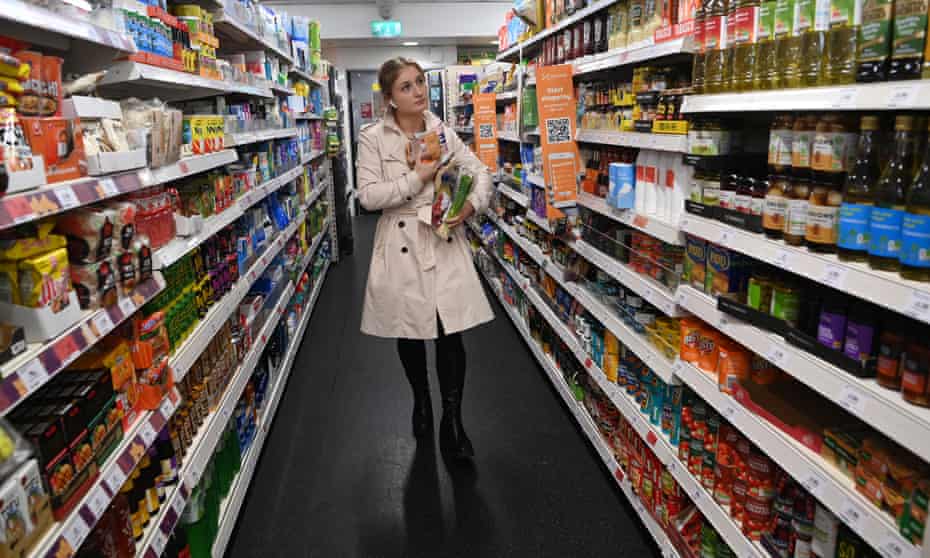The UK’s supermarket price inflation has reached a new record high, pushing average annual household expenses to £837 as consumers increasingly browse at several shops in search of the best deals, Entrepreneurng report.
According to the most recent data from the data firm Kantar, year-over-year price rises for groceries reached an all-time high of 17.5% in the four weeks to March 19 compared with a year earlier.
The fastest-rising prices are for eggs, milk, and cheese. According to Kantar, the most recent price increases result in an average yearly household grocery spend of £5,617.
To find the greatest discounts, consumers are preferring to shop around, visiting three or more of the top 10 food merchants each month.
Fraser McKevitt, head of retail and consumer insight at Kantar, said, “Unfortunately, it’s more bad news for the British public, who are facing the ninth month of double-digit food price increases.
“But, consumers are acting and looking about for the greatest deal. Every single grocery store had a rise in customers this month, and households visited the store an average of little over four times per week in March.”
That is the highest frequency we have observed since the pandemic began, excluding Christmas.
The supermarkets are competing to prove their worth and draw customers in by addressing the issue of rising grocery prices. People will shop elsewhere if they don’t like the prices at one retailer because this market is extremely competitive.
In light of worries about product shortages brought on by rising energy prices, Brexit, and the climate issue, the amounts of tomatoes, peppers, and cucumbers purchased at independent stores increased 32%, 26%, and 21%, respectively, last month. Certain grocery stores, like Asda and Morrisons, rationed particular salad ingredients.
Easter shopping has begun, with hot cross bun sales up 5% and volume sales of chocolate eggs up 6% over last year, according to Kantar.
The fastest-growing supermarket was the German discounter Lidl, while Aldi’s rival set a new market share record with 9.9%. Morrisons managed a 0.1% growth, but it was entirely due to rising food prices, which caused a sharp decline in the number of items it sold. Similar to Waitrose, owned by John Lewis, which witnessed a 2.1% increase in sales but a 4.5% decline in market share as a result of lower sales volume.
According to WhichSue ?’s Davies, head of food policy, “month after month we’ve seen a dramatic increase in food prices, but our monthly supermarket price analysis shows that some supermarkets are much cheaper than others, so it’s unsurprising that people are choosing to shop where prices tend to be the lowest.
“Supermarkets must make sure that everyone has access to basic, reasonably priced food with transparent unit pricing to aid consumers in item comparison and assist them to discover the best value alternative.”
Also, businesses must offer a wider variety of price points so that customers do not need to spend exorbitant prices to put wholesome food on the table.
Separately, Ocado’s retail joint venture with Marks & Spencer stated that higher customer traffic led to a better-than-anticipated increase in first-quarter sales to £584 million.
In the 13 weeks leading up to February 26th, the average basket value remained constant but the average basket size decreased to 45 items due to an 8.3% rise in the average sales price. The frequency at which clients placed orders is returning to pre-Covid levels.
Conclusion
To reduce food waste, customers are spending less on fresh food and purchasing more chilled and frozen goods, according to Hannah Gibson, chief executive of Ocado Retail.
Source: The Guardian


